Ethereum Gas Fees vs Other Platform Costs: 2025 Comparison
Ethereum Gas Fee Calculator
Current Ethereum Gas Fee Overview
Based on Dencun upgrade data from early 2025
Estimate Your Transaction Cost
Enter your transaction details below to calculate potential costs
Estimated Transaction Cost
Total Fee:
Equivalent USD:
This is compared to pre-Dencun levels.
Cost Comparison Table
Average fees for simple transfers across different platforms (Q1 2025)
| Platform | Average Fee (USD) | Confirmation Time |
|---|---|---|
| Ethereum (Main-net) | $0.41 | ≈12 seconds |
| Arbitrum | $0.02 | ≈2 seconds |
| Optimism | $0.01 | ≈1.5 seconds |
| Polygon | $0.005 | ≈1 second |
| Solana | $0.00025 | ≈400 ms |
Key Takeaways
- Ethereum gas fees fell by ~95% after the Dencun upgrade, averaging under $0.50 per transaction in early 2025.
- Layer2 solutions (Arbitrum, Optimism, Polygon) now cost 90‑99% less than main‑net Ethereum while keeping its security.
- Solana remains the cheapest base‑layer, but Ethereum’s ecosystem breadth still gives it a strong value proposition.
- Timing transactions (early mornings, weekends) can shave another 25‑40% off fees.
- Future roadmap items aim to keep fees low, making Ethereum viable for everyday micro‑payments.
What are Ethereum Gas Fees?
When you send a transaction on the Ethereum is a decentralized, programmable blockchain that powers smart contracts and dApps, you pay a fee for the computational work required. This fee is called a gas fee is the amount of Ether paid to validators to execute and record a transaction. The fee is measured in gwei is a sub‑unit of Ether (1 gwei = 0.000000001 ETH) and calculated using the EIP‑1559 formula:
(Base fee + Priority fee) × Gas limit = Total fee
The EIP‑1559 is a protocol upgrade that introduced a predictable base fee and a burn mechanism automatically adjusts the base fee based on network congestion, while the priority fee (or tip) incentivizes faster processing.
A simple ETH transfer uses 21,000 gas units. At 20gwei, the cost is 0.00042ETH (about $0.68 at a $1,600/ETH price). Understanding these numbers is the first step toward saving money.
2025 Dencun Upgrade: Fee Revolution
The Dencun upgrade is a set of Ethereum improvements launched in early 2025 that introduced new data‑availability and roll‑up enhancements has slashed average gas prices to roughly 2.7gwei, down from 72gwei in 2024. That translates to a typical transaction cost of under $0.50, a historic low not seen in four years.
Key numbers (Feb2025):
- Average gas price: 3.146gwei (‑94% YoY).
- Average transaction fee: $0.41 (‑93% YoY).
- Daily network fees: $7.5million (‑70% from the 2023 peak of $23million).
The dramatic drop has unlocked new use cases-micropayments for content, low‑value DeFi swaps, and frequent NFT trades that previously cost $50-$150 now run under a dollar.
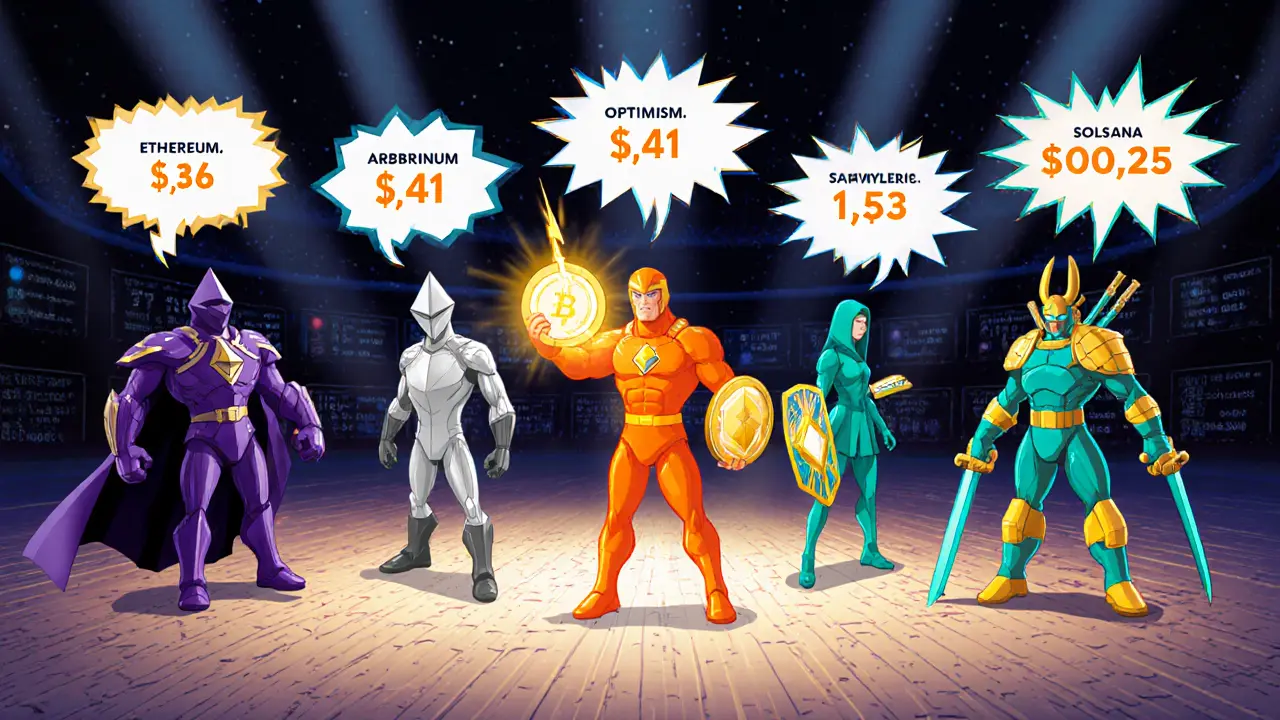
How Ethereum Stacks Up Against Other Platforms
Even with the Dencun boost, Ethereum’s base‑layer fees still exceed some rivals. The picture changes when you factor in Layer2 solutions, which process most work off‑chain and settle back to Ethereum’s security layer.
| Platform | Average fee (USD) | Typical confirmation time | Security model |
|---|---|---|---|
| Ethereum (Main‑net) is the original Proof‑of‑Stake chain after the Merge | $0.41 | ≈12seconds | Proof‑of‑Stake, >15k validators |
| Arbitrum is an Optimistic Layer2 scaling solution for Ethereum | $0.02 | ≈2seconds | Roll‑up secured by Ethereum |
| Optimism is another Optimistic Layer2 network built on Ethereum | $0.01 | ≈1.5seconds | Ethereum roll‑up security |
| Polygon is a hybrid Layer2 & side‑chain offering EVM compatibility | $0.005 | ≈1second | Plasma & PoS side‑chain; bridges to Ethereum |
| Solana is a high‑throughput PoH (Proof‑of‑History) blockchain | $0.00025 | ≈400ms | Proof‑of‑History + PoS |
Notice how the Layer2 options bring Ethereum‑compatible fees down to the same order of magnitude as Solana’s ultra‑low costs, while retaining the same developer tooling and security guarantees.
Practical Ways to Keep Fees Low
The Ethereum gas fees are now cheap, but you can still save money with a few savvy habits:
- Pick the right time. Network congestion drops 20‑40% on weekends and early mornings (UTC0‑4). Gas trackers like etherscan.io/gastracker show real‑time price spikes.
- Use Layer2. For routine swaps, deposits, or NFT minting, bridge to Arbitrum, Optimism, or Polygon. The extra bridge fee is often <$0.10, far below main‑net costs.
- Set custom gas limits. Most wallets default to a generous limit, causing over‑payment. Identify the typical gas usage for your operation (e.g., ERC‑20 transfer ≈ 51‑55k gas) and manually adjust.
- Leverage fee‑prediction tools. Services such as GasNow or wallet‑integrated estimators suggest low‑cost windows and recommend optimal priority fees.
- Batch transactions. If you need to move multiple tokens, batch them into a single contract call. This spreads the fixed base fee over many operations.
Most users report a 30‑50% reduction after applying timing and Layer2 strategies, according to community surveys on Reddit and Crypto Twitter.
User Experience: Wallets, Alerts, and Learning Curve
Modern wallets-MetaMask, Trust Wallet, and Rainbow-now display a live gas meter, letting you toggle between “slow,” “average,” and “fast” modes. They also allow you to input a custom gwei value, which is handy once you’ve learned the typical price ranges.
Community resources (Discord bots, Telegram alerts) push notifications when gas falls below a threshold you set (e.g., < 3gwei). New users typically spend 15‑30minutes configuring these alerts and another few weeks mastering optimal timing.
Common hurdles include balancing speed vs. cost (high priority fee for instant swaps) and understanding why a transaction might fail if the gas limit is set too low. Most wallets now warn you before you submit, reducing failed attempts by ~70% compared to 2022.
Future Outlook: What’s Next for Ethereum Fees?
The roadmap ahead promises more fee‑friendly upgrades:
- Proto‑Danksharding. Early roll‑out in late2025 aims to increase data availability, letting Layer2s post more transactions per block.
- Dynamic fee caps. Proposed EIP‑4844 variants could limit spikes during high‑demand events (NFT drops, DeFi launches).
- Further L2 integration. Seamless bridges and cross‑roll‑up messaging will make moving assets between Arbitrum, Optimism, and Polygon feel like a single network.
If these plans stick to schedule, we could see average main‑net fees dip below $0.20 and L2 fees approach $0.001, making Ethereum truly viable for everyday micro‑transactions like tipping content creators or paying for IoT data.

Frequently Asked Questions
Why did Ethereum gas fees drop so drastically in 2025?
The Dencun upgrade introduced new data‑availability layers and roll‑up optimizations that reduced on‑chain data load, allowing validators to process more transactions for the same amount of gas. Combined with lower network congestion and broader Layer2 adoption, average fees fell by about 95%.
Are Layer2 solutions safe to use?
Yes. Optimistic and zk‑Rollup L2s inherit Ethereum’s security because they post proofs or fraud proofs back to the main chain. The main risk is bridge smart‑contract bugs, which have been largely mitigated by audited implementations.
How can I check the current gas price?
Websites like etherscan.io/gastracker, gasnow.org, or wallet‑integrated gas meters show live gwei values. Look for the “low” or “average” tier to minimize cost.
What’s the typical gas limit for an ERC‑20 token transfer?
A standard ERC‑20 transfer consumes roughly 51,000‑55,000 gas units. Setting the limit a bit higher (e.g., 60,000) avoids out‑of‑gas errors without adding much cost.
Will Ethereum fees stay low after 2025?
Experts expect fees to stay low or drop further as more L2s launch and Proto‑Danksharding improves throughput. However, occasional spikes may still occur during major events (e.g., NFT releases).
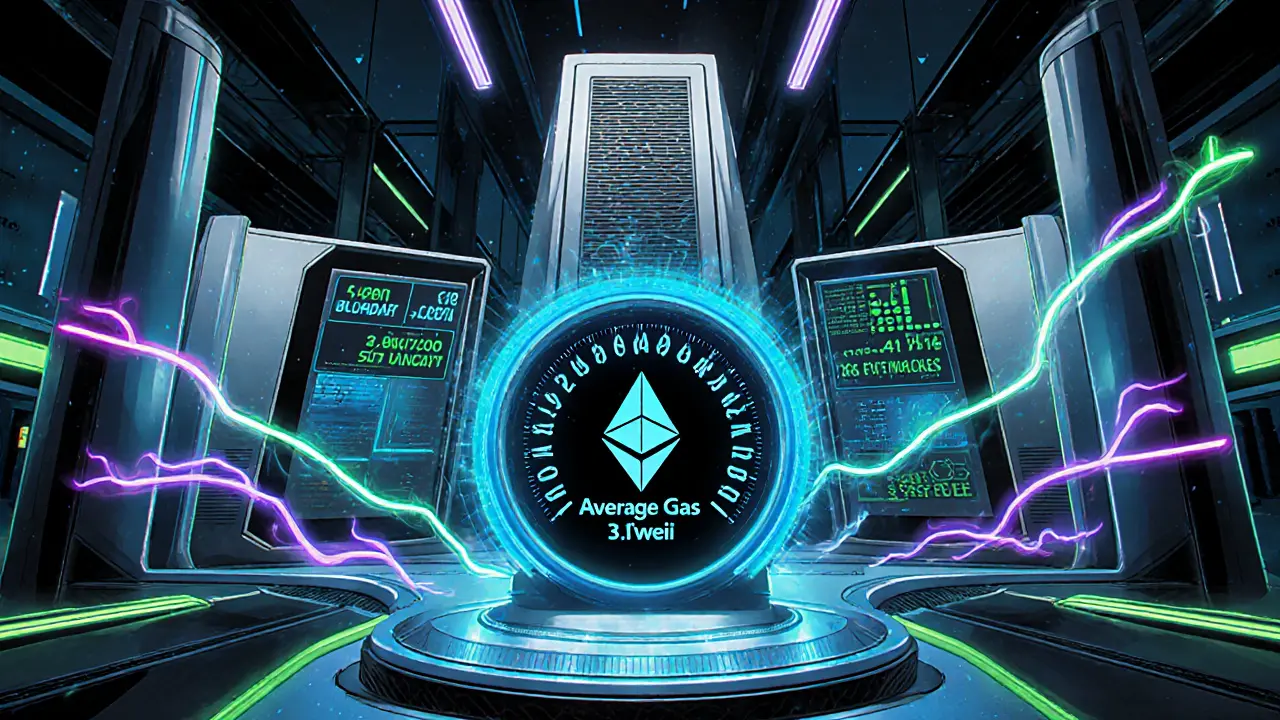
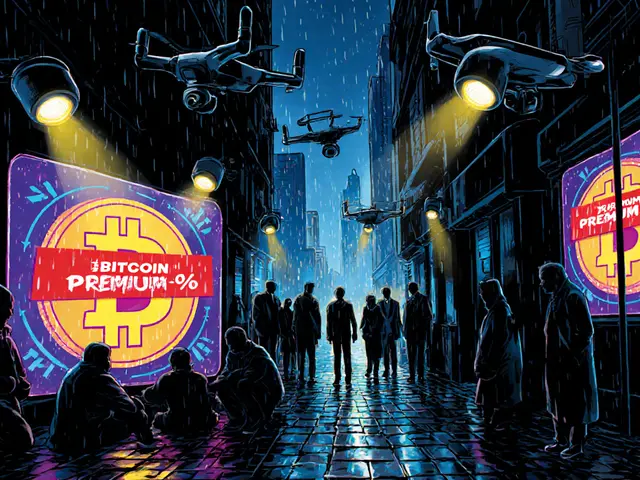
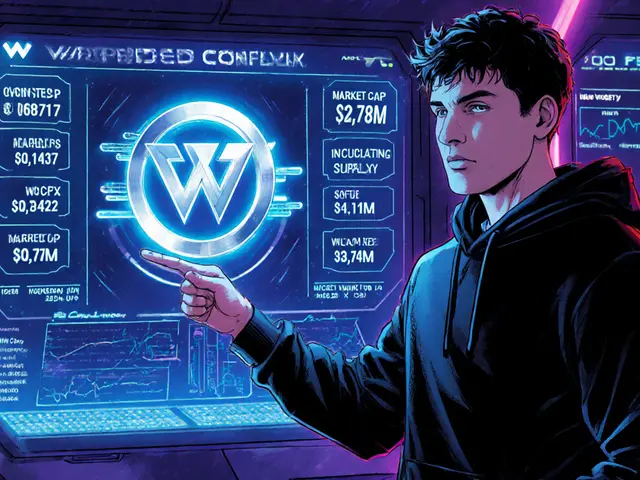

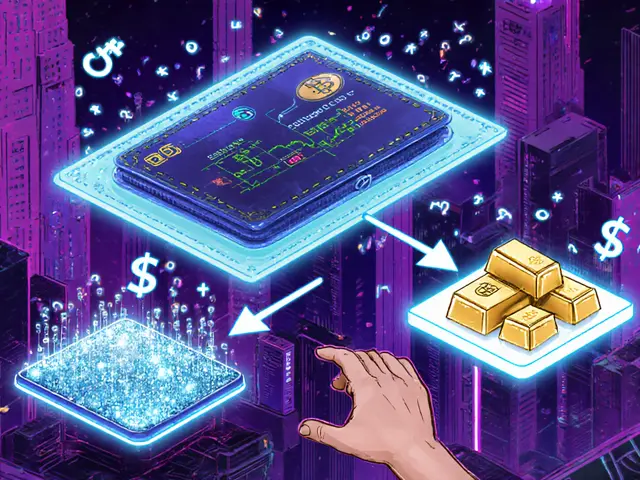
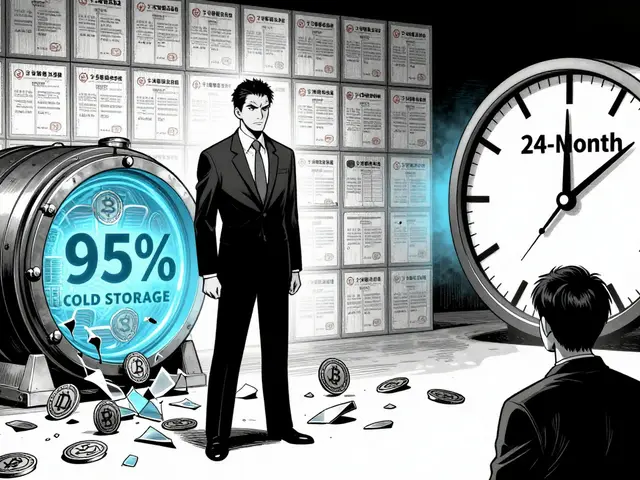
19 Comments
Chad Fraser
December 31 2024Jump on those L2 bridges and watch your fees melt away!
Jayne McCann
January 1 2025The numbers look good but the hype over L2 masks hidden centralization risks.
katie littlewood
January 2 2025When you slice through the fee data, a vivid tapestry of opportunity emerges.
Ethereum’s post‑Dencun landscape isn’t just cheaper; it’s a playground for creative financiers.
Layer‑2s such as Arbitrum and Optimism act like turbo‑chargers, propelling micro‑transactions into the realm of plausibility.
Imagine a world where every coffee purchase could be settled on‑chain without breaking the wallet.
The stark contrast with Solana’s sub‑cent fees underscores that speed and cost need not be mutually exclusive.
Yet the true magic lies in the composability that Ethereum retains across its entire ecosystem.
Developers can leverage the same robust tooling while slashing operational overhead.
From NFT minting to DeFi flash loans, the lowered barrier fuels a renaissance of experimental dApps.
Statistically, the average transaction price hovering around $0.41 translates to a ninety‑five percent drop from last year.
That figure, when annualized across millions of daily users, represents billions of dollars liberated for innovation.
Moreover, timing transactions during off‑peak windows can shave an additional quarter off the already low fees.
The community’s collective wisdom, shared on gas trackers, empowers individuals to act like savvy traders.
Even seasoned investors notice the shift, reallocating capital toward on‑chain services previously deemed too pricey.
The environmental impact also improves subtly, as lower fees discourage spam and reduce unnecessary computation.
In short, the fee revolution is not a fleeting flash but a structural evolution of the Ethereum economy.
So strap in, experiment boldly, and let the new economics of gas fuel your next big idea.
Jenae Lawler
January 3 2025While the laudatory tone pervades popular discourse, a dispassionate scrutiny reveals that Ethereum’s residual fee structure remains disproportionately burdensome for the average participant, thereby perpetuating a tacit oligarchy of capital.
Sophie Sturdevant
January 4 2025Leverage the roll‑up protocols aggressively; the native token economics will amortize the bridge premium within seconds of execution.
Jan B.
January 5 2025Utilizing L2s indeed reduces expense and enhances throughput.
MARLIN RIVERA
January 6 2025Empirical data indicates centralization vectors intensify on certain Optimistic rollups yet remain mitigated by fraud proofs.
Debby Haime
January 7 2025Your vivid analogy inspires me to prototype a fee‑aware NFT minting bot right after this thread!
emmanuel omari
January 8 2025From an American development standpoint, the infrastructure investments justify the marginal premium when compared to legacy systems.
Andy Cox
January 9 2025Cool observation about roll‑ups the vibe is chill
Courtney Winq-Microblading
January 9 2025In the grand tapestry of blockchain economics, each fee reduction is a stitch that weaves greater inclusivity into the fabric of decentralization.
Stefano Benny
January 10 2025🔧 The EVM execution layer still grapples with state bloat, which manifests as latency spikes despite the Layer2 scaling hacks 🚀
Bobby Ferew
January 11 2025If only everyone could match that boundless enthusiasm, the community wouldn’t be drowning in complacent inertia.
celester Johnson
January 12 2025One might argue that nationalistic pride obscures the universal truth that fee equity is a moral imperative for any blockchain.
Prince Chaudhary
January 13 2025Your laid‑back insight reminds us that even subtle observations can spark meaningful optimization discussions.
John Kinh
January 14 2025🙄 Still, such lofty metaphors rarely translate into actionable code changes.
Mark Camden
January 15 2025It is incumbent upon the developer community to prioritize ethical stewardship over mere performance metrics.
Evie View
January 16 2025Stop wallowing in self‑pity and channel that energy into building tangible solutions.
Sidharth Praveen
January 17 2025Together we can forge a fee‑fair future where every user feels empowered to participate.